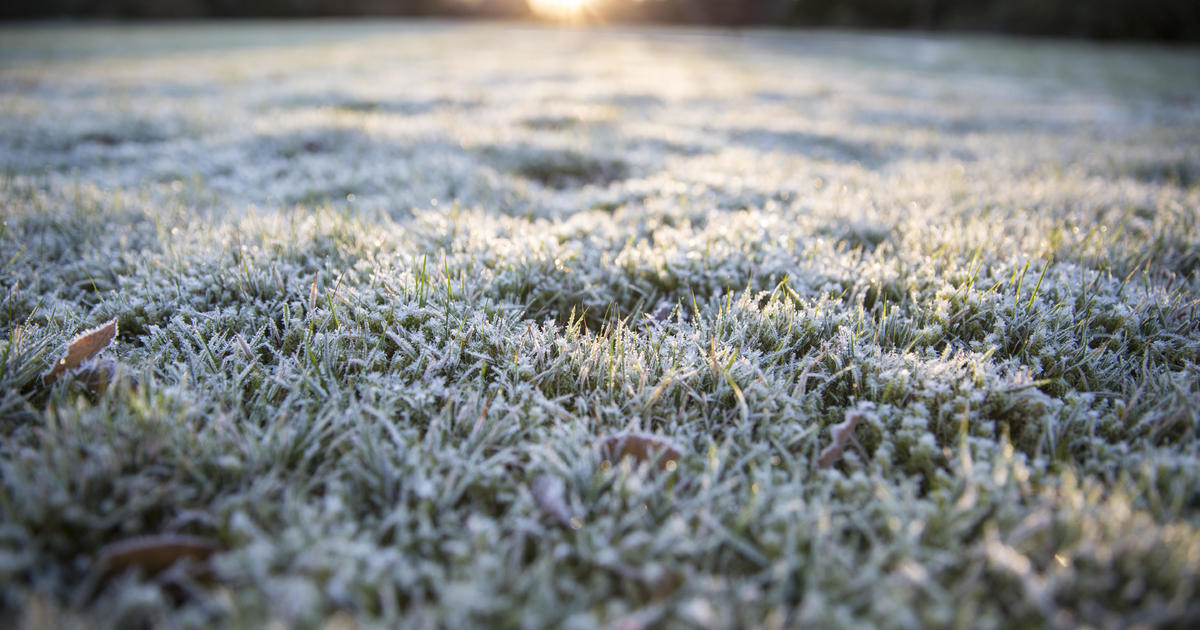Local Doctors Pioneer Procedure For Foot Pain Relief
PITTSBURGH (KDKA) -- A local breakthrough in treating foot pain is getting worldwide attention.
Fran Borovitz liked to walk with her friends, but couldn't do it anymore.
"The ball of my foot, all across there, it was like bone. There was very little padding there," she describes.
She tried padded inserts, comfortable shoes, even slippers, but nothing helped.
Then she came across her symptoms of fat pad atrophy in a brochure.
"The brochure talked about this fat grafting. And I thought, oh my God, it's me! Maybe there's hope for me yet," she says.
People with high arches, obesity and steroid injections into the feet are especially at risk for the condition.
"Fat pad atrophy is when people lose fat at the balls or the heels of their feet. They put a lot of pressure on their forefoot and their heel. So you're pounding for years of your life just on those two spots, and you wear your shock absorbers down," says Dr. Beth Gusenoff, a podiatrist at UPMC. "When your bones don't have that cushion, they get bruised, they get inflamed."
Husband and wife team Drs. Jeff and Beth Gusenoff combine their expertise as a plastic surgeon and as a podiatrist to study a procedure called fat grafting to help people like Fran: pain in their forefoot even after trying pads and cushioned shoes, who are non-smokers, without diabetes or inflammatory conditions.
"We do liposuction all the time, and we inject it into all different parts of the body -- the breasts, the face; there's no reason we can't put it in the foot," says UPMC plastic surgeon, Dr. Jeffrey Gusenoff. "It's just it's never been studied."
Prior studies have been with silicone, but that's fallen out of favor.
"The best thing is to replace like with like," he adds.
Before the procedure, the patient's foot pressures are analyzed with a special computerized pad, and the thickness of the fat pads are checked by ultrasound.
The day of the procedure, a small amount of fat is removed by liposuction from the belly, hips, or flank... purified... and injected into the bottom of the feet under local anesthetic. Patients walk immediately afterwards.
"We ask people to be conservative for the first four to six weeks, before they really start pounding the pavement again," the plastic surgeon says.
There is a potential risk of bruising in the foot and at the liposuction site. So far, the doctors have not had to prescribe narcotics or antibiotics for the study participants. The doctors evaluate activity levels and pain reduction at checkups every several months.
"They're not looking to wear stiletto type shoes. They're just looking to be able to walk in a grocery store, or walk with their children down the street," says the podiatrist.
In their study of 30 people, half get the fat injection immediately, half get it after a year of using padding. As participants progress through the study, their quality of life improves, their pain improves, and they're able to put more pressure on their feet. The next step will be a multi-center trial, or a study involving MRI.
"It's really rewarding to see people get their life back. We've had people come in on crutches, and use canes, and after the procedure they're walking. They're getting back to exercise. We've had some dancers get back to their more competitive dancing," says Dr. Beth Gusenoff.
Fran had the procedure two years ago and is back to her active life.
"I can walk with my dog. I can walk with the people. It's working," she said.
Join The Conversation On The KDKA Facebook Page
Stay Up To Date, Follow KDKA On Twitter



